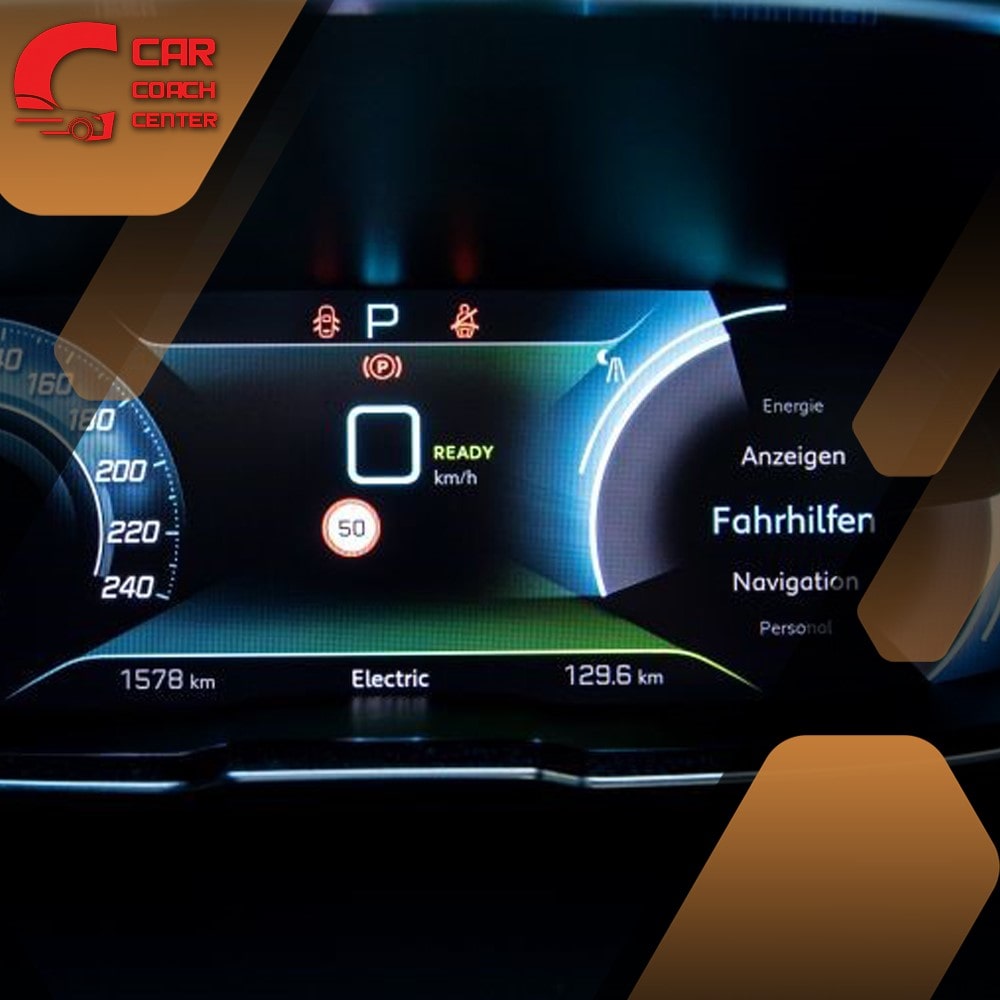Introduction to peugeot partner dashboard symbols
Welcome to a comprehensive guide on understanding Peugeot Partner dashboard symbols. In this article, we will explore the various dashboard symbols found in Peugeot Partner vehicles, decipher their meanings, and delve into possible causes, solutions, and the impact these symbols can have on your vehicle’s performance and safety.
Additionally, we will discuss the concept of car coaching and how it can benefit Peugeot Partner owners in addressing car problems effectively. Throughout the article, we will provide valuable insights to help you maintain your vehicle’s health and seek professional assistance, such as from the trusted Car Coach Center.
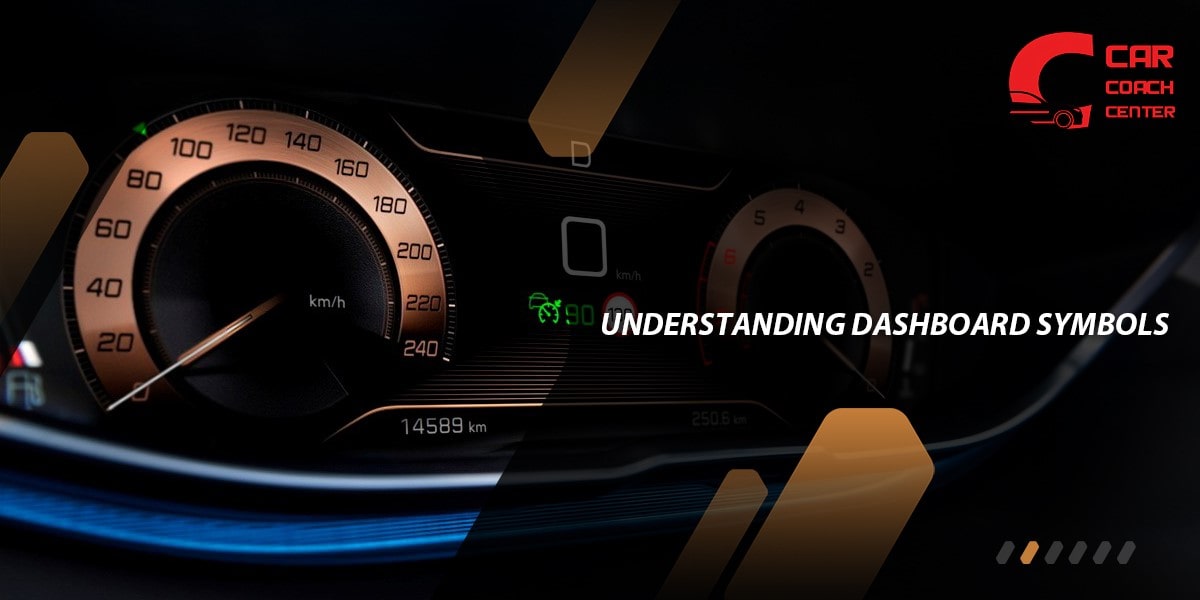
Understanding Dashboard Symbols
Dashboard symbols serve as essential communication tools between your Peugeot Partner and you as the driver. Here, we will explore the most common dashboard symbols you may encounter and gain a deeper understanding of their significance.
Engine Warning Symbols
Engine warning symbols indicate potential issues with the engine system. Understanding these symbols is crucial for identifying problems early on and preventing further damage.
– Causes and Possible Solutions:
– Low engine oil level: Check the oil level and add more if necessary. If the problem persists, consult a professional.
– Malfunctioning sensors: Have the sensors inspected and replaced if needed.
– Faulty ignition system: Check the spark plugs, ignition coil, and wiring for any faults and repair or replace as necessary.
– Impact on Vehicle Performance:
Engine issues can lead to reduced power, decreased fuel efficiency, and potential damage to other engine components if not addressed promptly.
Battery Warning Symbols
Battery warning symbols indicate problems with the vehicle’s electrical system or battery. Ignoring these symbols can result in unexpected breakdowns and starting issues.
– Causes and Possible Solutions:
– Faulty battery: Test the battery’s voltage and condition, and consider replacing it if necessary.
– Charging system malfunction: Inspect the alternator and charging system components for faults and repair or replace as needed.
– Electrical system issues: Check for loose connections, damaged wiring, or faulty components, and address them accordingly.
– Impact on Vehicle Operation:
Battery problems can lead to difficulty starting the engine, loss of electrical power, and potential breakdowns, leaving you stranded.
Oil Pressure Warning Symbols
Oil pressure warning symbols indicate low oil pressure, which can result in serious engine damage if not addressed promptly.
– Causes and Possible Solutions:
– Insufficient oil level: Check the oil level and top up if necessary. Identify and fix any leaks.
– Faulty oil pump: Have the oil pump inspected and replaced if needed.
– Clogged oil filter: Replace the oil filter to ensure proper oil flow.
– Impact on Engine Health:
Insufficient oil pressure can lead to inadequate lubrication, increased friction, and eventual engine failure if not resolved.
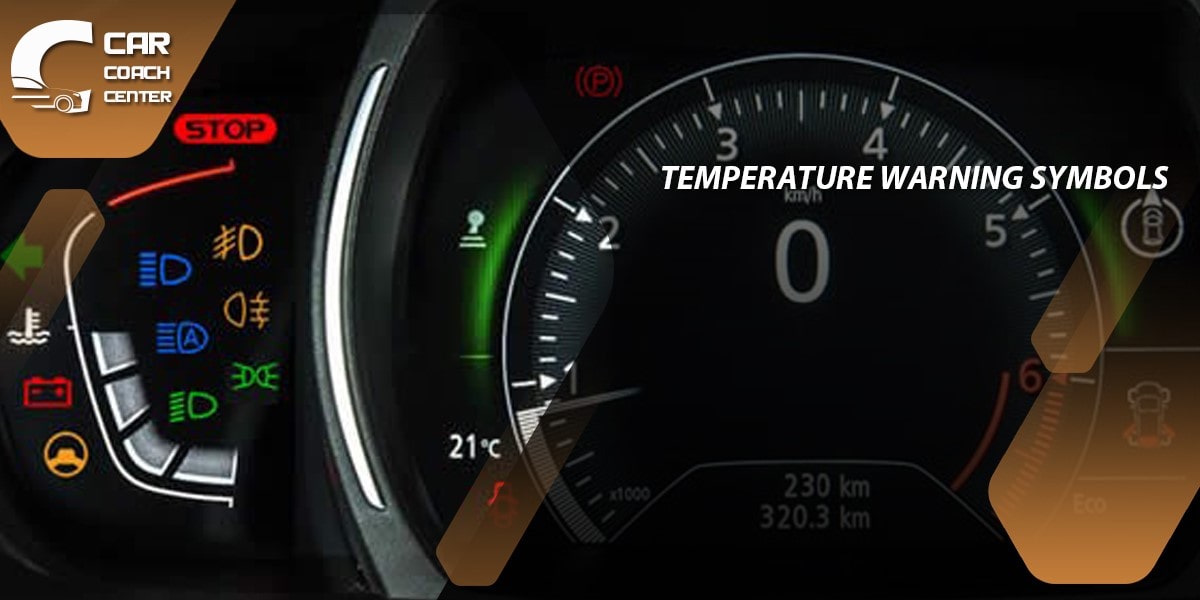
Temperature Warning Symbols
Temperature warning symbols indicate potential issues with the engine’s cooling system, which can result in engine overheating and damage.
– Causes and Possible Solutions:
– Coolant leaks: Inspect the cooling system for leaks and repair them promptly.
– Faulty thermostat: Have the thermostat checked and replaced if necessary.
– Malfunctioning cooling fans: Inspect the cooling fans and their electrical components, and repair or replace them as needed.
– Impact on Engine Cooling System:
Overheating can cause severe engine damage, including warped cylinder heads, blown gaskets, and even complete engine failure.
Brake System Warning Symbols
Brake system warning symbols indicate potential problems with the braking system, compromising your ability to stop the vehicle safely.
– Causes and Possible Solutions:
– Low brake fluid: Check the brake fluid level and top up if needed. Have the system inspected for leaks.
– Worn brake pads: Inspect the brake pads for wear and replace them if they are worn beyond the recommended thickness.
– Faulty brake calipers or master cylinder: Have the brake calipers and master cylinder inspected and replaced if necessary.
– Impact on Braking Performance:
Brake system issues can lead to reduced braking efficiency, longer stopping distances, and an increased risk of accidents.
ABS Warning Symbols
ABS warning symbols indicate potential faults with the anti-lock braking system, which helps prevent wheel lock-up during braking.
– Causes and Possible Solutions:
– Sensor issues: Inspect the ABS sensors for damage or dirt accumulation and clean or replace them as necessary.
– Faulty ABS module: Have the ABS module checked for faults and consider replacing it if needed.
– Hydraulic system problems: Inspect the hydraulic components of the ABS system and repair or replace them as required.
– Impact on Anti-lock Braking System:
ABS issues can impair the system’s ability to prevent wheel lock-up during braking, compromising vehicle control and stability.
Airbag Warning Symbols
Airbag warning symbols indicate potential faults with the airbag system, compromising occupant safety in the event of an accident.
– Causes and Possible Solutions:
– Sensor malfunctions: Inspect the airbag sensors and connections for faults and repair or replace them if necessary.
– Faulty airbag control unit: Have the airbag control unit inspected and replaced if needed.
– Wiring issues: Check the wiring harness for damage or loose connections and address them accordingly.
– Impact on Occupant Safety:
Airbag system malfunctions can prevent airbags from deploying during an accident, increasing the risk of injuries to vehicle occupants.
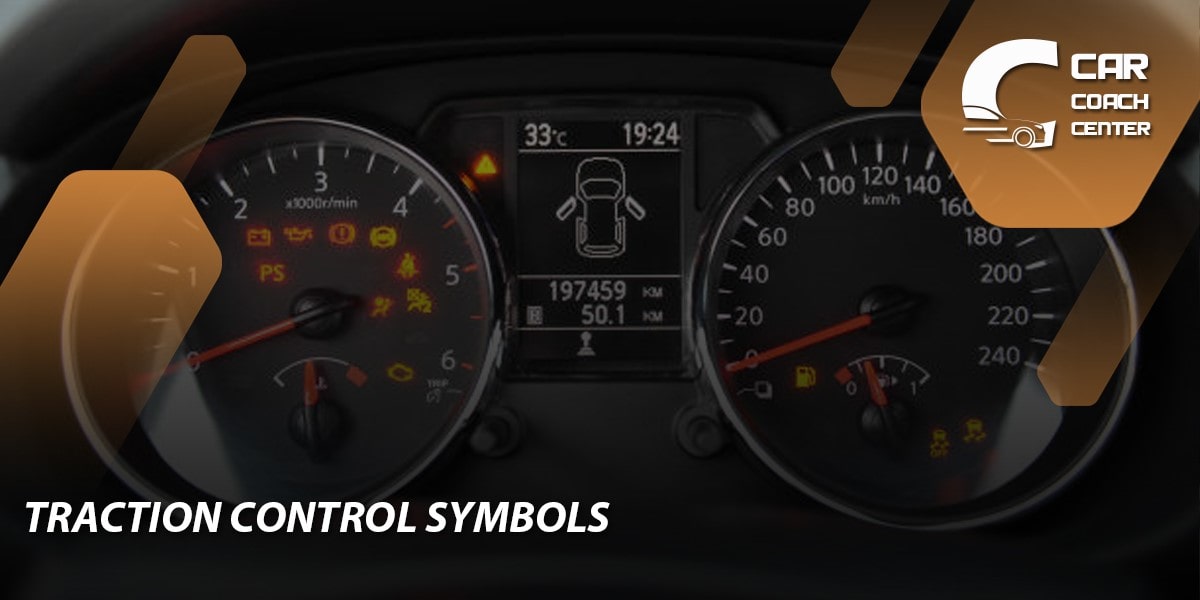
Traction Control Symbols
Traction control symbols indicate issues with the traction control system, which helps maintain stability and traction during acceleration or slippery conditions.
– Causes and Possible Solutions:
– Wheel speed sensor issues: Inspect the wheel speed sensors for damage or dirt accumulation and clean or replace them as necessary.
– Faulty ABS module: Have the ABS module checked for faults, as it is often interconnected with the traction control system, and consider replacing it if needed.
– Traction control system malfunction: Inspect the components of the traction control system, such as the sensors and actuators, and repair or replace them as necessary.
– Impact on Vehicle Stability:
The traction control system helps prevent wheel spin and loss of control during acceleration or on slippery surfaces. Malfunctions can compromise vehicle stability and safety.
Tire Pressure Monitoring Symbols
Tire pressure monitoring symbols indicate issues with tire pressure, which can affect safety, fuel efficiency, and tire lifespan.
– Causes and Possible Solutions:
– Low tire pressure: Check the tire pressure and inflate the tires to the recommended levels. Inspect for any leaks or punctures.
– Faulty tire pressure sensors: Have the tire pressure sensors inspected and replaced if necessary.
– System calibration issues: Recalibrate the tire pressure monitoring system to ensure accurate readings.
– Impact on Tire Safety and Fuel Efficiency:
Improper tire pressure can lead to decreased traction, increased braking distances, and reduced fuel efficiency.
ESP/ASR Warning Symbols
ESP/ASR warning symbols indicate potential issues with the Electronic Stability Program (ESP) and Anti-Slip Regulation (ASR) systems, affecting vehicle control and stability.
– Causes and Possible Solutions:
– Wheel speed sensor issues: Inspect the wheel speed sensors for damage or dirt accumulation and clean or replace them as necessary.
– Faulty ABS module: Have the ABS module checked for faults, as it is often interconnected with the ESP/ASR system, and consider replacing it if needed.
– Traction control system malfunction: Inspect the components of the traction control system, such as the sensors and actuators, and repair or replace them as necessary.
– Steering angle sensor problems: Check the steering angle sensor for faults or misalignment, and recalibrate or replace it if needed.
– Impact on Vehicle Control and Safety:
The ESP/ASR warning light indicates potential issues with the stability and traction control systems, which can affect the vehicle’s ability to maintain stability during turns or when traction is compromised.

Car Coaching for Peugeot Partner Owners
Car coaching is a valuable resource for Peugeot Partner owners, providing guidance and support in addressing car problems effectively. Let’s explore how car coaching can benefit you:
What is Car Coaching and How Does it Help?
Car coaching involves working with a professional car coach who has expertise in diagnosing and resolving automotive issues. A car coach provides personalized guidance, empowering you to make informed decisions regarding your vehicle.
Benefits of Car Coaching for Peugeot Partner Owners
– Expert Diagnosis: A car coach can accurately diagnose complex car problems and provide suitable solutions, saving you time and money.
– Preventive Maintenance: A car coach can guide you on implementing a preventive maintenance plan to avoid costly repairs in the future.
– Knowledge Enhancement: Gain a deeper understanding of your Peugeot Partner’s systems and learn maintenance tips and techniques from a car coach.
– Peace of Mind: With the support of a car coach, you can confidently address car problems, knowing you have professional guidance.
Finding a Reliable Car Coach
When seeking a car coach, it is essential to choose a reputable and trusted professional. Car Coach Center is a reliable resource, known for its experienced car coaches who can assist you in diagnosing and resolving issues specific to your Peugeot Partner.
Common Peugeot Partner Problems and Solutions
Peugeot Partner vehicles may experience common issues that require attention. Let’s explore some of these problems and potential solutions:
Overview of Common Issues
– Electrical System Problems: Faulty wiring, battery issues, and electrical component failures.
– Engine Performance Issues: Misfires, stalling, reduced power, or rough running.
– Suspension and Steering Problems: Noises, vibrations, or difficulty steering.
– Brake System Troubles: Spongy brakes, grinding noises, or brake pedal pulsation.
– Transmission and Gearbox Concerns: Shifting problems, slipping gears, or unusual noises.
– Cooling System Faults: Overheating, coolant leaks, or radiator issues.
Diagnosing and Troubleshooting Techniques
– Utilizing Diagnostic Tools: OBD-II scanners and other diagnostic equipment to retrieve fault codes and perform system checks.
– Conducting Visual Inspections: Examining components for signs of wear, damage, or leaks.
– – Performing Test Drives: Assessing the vehicle’s performance under different driving conditions to identify specific issues.
– Consulting Technical Resources: Referring to Peugeot Partner repair manuals, technical bulletins, and online forums for troubleshooting guidance.
Potential Solutions and Repairs
– Electrical System Problems:
– Repairing or replacing faulty wiring and electrical connections.
– Testing and replacing the battery or alternator if necessary.
– Diagnosing and repairing issues with electronic components such as sensors, modules, and switches.
– Engine Performance Issues:
– Conducting a thorough engine diagnostic to identify the underlying cause.
– Addressing issues with fuel delivery, ignition system, or engine sensors.
– Cleaning or replacing clogged fuel injectors or air filters.
– Repairing or replacing worn-out engine components such as spark plugs, coils, or valves.
– Suspension and Steering Problems:
– Inspecting and replacing worn-out or damaged suspension components like shocks, struts, or control arms.
– Checking and adjusting wheel alignment and tire balance.
– Addressing issues with power steering system components, such as the pump or steering rack.
– Brake System Troubles:
– Inspecting and replacing worn brake pads, rotors, or calipers.
– Bleeding the brake system to remove air bubbles and ensure proper hydraulic pressure.
– Addressing issues with the brake master cylinder or brake lines.
– Transmission and Gearbox Concerns:
– Diagnosing and repairing faults with the transmission control module or solenoids.
– Flushing and replacing transmission fluid if necessary.
– Repairing or replacing worn-out clutch components in manual transmissions.
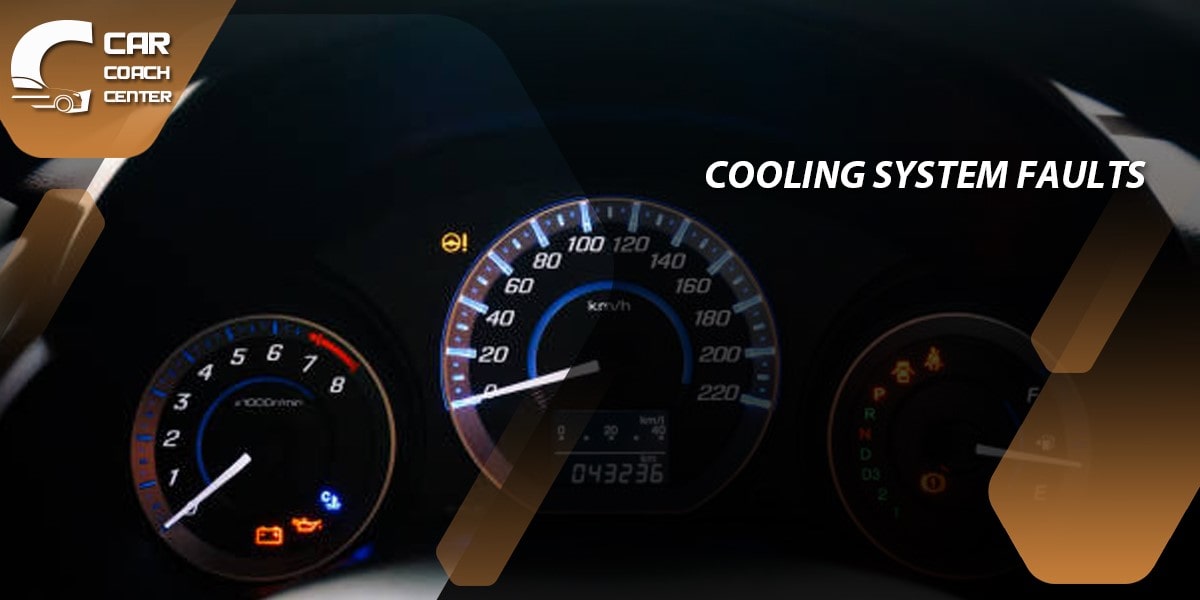
– Cooling System Faults:
– Inspecting and repairing coolant leaks in hoses, radiator, or water pump.
– Flushing and replacing coolant to maintain proper cooling efficiency.
– Addressing issues with the thermostat, radiator fan, or coolant temperature sensor.
Conclusion
Understanding Peugeot Partner dashboard symbols is essential for maintaining the performance, safety, and longevity of your vehicle. By familiarizing yourself with these symbols and their meanings, you can promptly address any potential issues and seek professional assistance when needed.
Car coaching, such as the services provided by the trusted carcoachcenter.com , offers valuable guidance and support in diagnosing and resolving car problems effectively. Remember to prioritize regular maintenance and address issues promptly to ensure a smooth and reliable driving experience with your Peugeot Partner.
FAQ
How can I address electrical system problems in my Peugeot Partner?
Repair faulty wiring or components.
What should I do if my Peugeot Partner has engine performance issues?
Diagnose and repair fuel or ignition system problems.
How do I fix suspension and steering problems in my Peugeot Partner?
Replace worn-out suspension components or adjust wheel alignment.
What can I do about brake system troubles in my Peugeot Partner?
Inspect and replace worn brake components or bleed the system.

